Through Their Eyes
When Nana Ziesche, a German photographer and seasoned traveller, reached out to us about bringing her Kamerakidz programme to South India for the first time, I sensed immediately that something meaningful was about to unfold. Nana had already spent several years conducting this unique initiative in places as diverse as Zanskar in Ladakh, a village in Rajasthan, and a monastery school in Sikkim—always with the same vision: to hand over cameras to children and encourage them to tell their stories through their own eyes. Now, she wanted to try it in Kerala. I was honoured to be the ground facilitator, and what followed turned out to be one of the finest #experientiallearning programmes we’ve ever been part of.
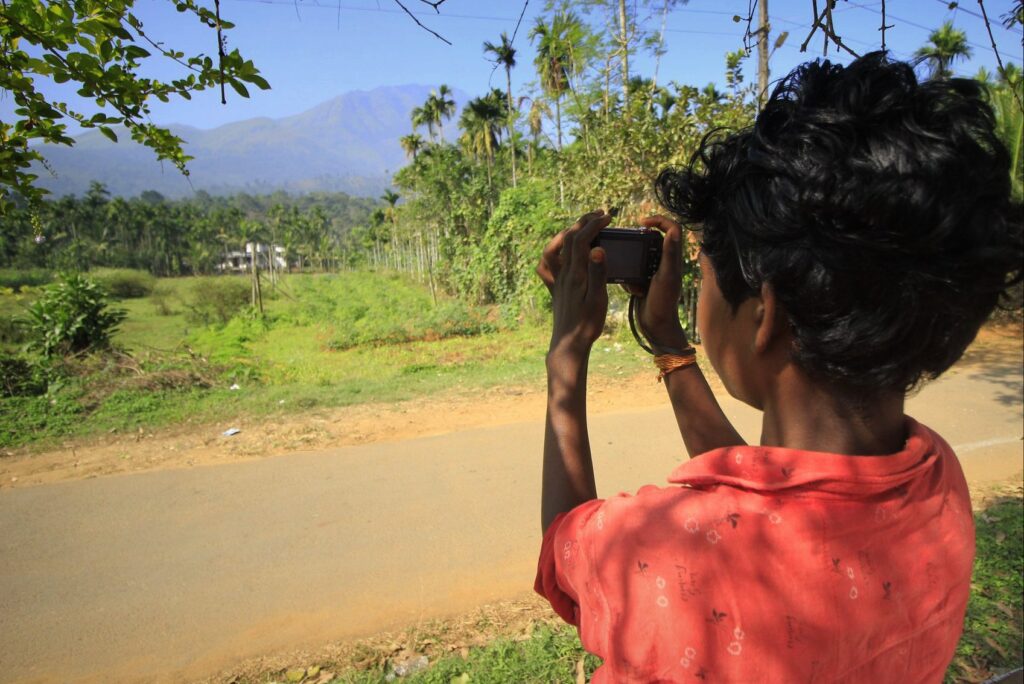
We chose Mothakkara, a small village tucked into the verdant hills of Wayanad. It’s a place where the landscape itself feels alive—where rice fields, spice gardens, and tribal cultures coexist in quiet harmony. Our partner on the ground was a government primary school located at the foothills of the majestic Banasura Hills. Here, Nana handed over cameras to a group of curious schoolchildren and set them off on a journey of discovery.
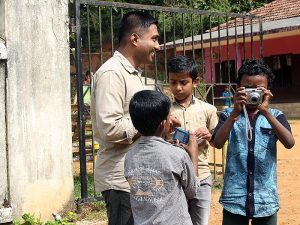
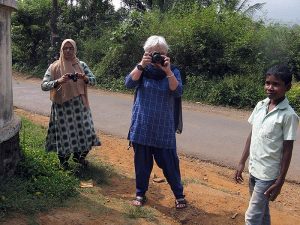
The concept was disarmingly simple: each child would be given a camera and the freedom to take pictures of anything they liked. There were no restrictions, no themes, no technical expectations. Just a gentle encouragement to observe, feel, and capture. Every day, the children would return the cameras, and Nana, along with the schoolteachers, would sit down to review their work. We weren’t looking for picture-perfect shots—we were searching for stories, moments, perspectives. And what the children brought back each day was nothing short of remarkable.
Over the week, we watched as the children grew bolder with the camera, more thoughtful with their framing, and more expressive with their choices. Their photographs ranged from intimate family portraits to landscapes, playful details of school life, a cow grazing in the field, or a friend caught mid-laughter. Each image carried a pulse of authenticity. It was clear they weren’t just taking photos—they were showing us how they saw their world.
Language, at first, seemed like it might be a barrier. Nana spoke English and German, while the children spoke Malayalam and were only beginning to learn English. Sometimes there was little direct communication, but in a way, this became part of the process. The children quickly realised that English wasn’t just a “dead subject” to memorise in school—it was a tool to connect with foreigners and Indians from other parts of the country. Photography created a bridge, and soon gestures, smiles, laughter, and curiosity filled the gaps. Communication began to flow in its own natural way.
At the end of the programme, we sat together and selected a final series of images. Nana took these back with her to Germany and transformed them into a beautifully designed photo calendar and postcards. These were shared with her network of friends and well-wishers. People bought them not only out of support for her vision but because the photographs themselves stood strong—on par with the work of adult photographers. The skill, perspective, and creativity of the children were genuinely appreciated. The funds raised were sent back to the school in Mothakkara, used to enrich the library and support extracurricular activities. What began as a creative exercise turned into something that would benefit the children far beyond the initial experience.
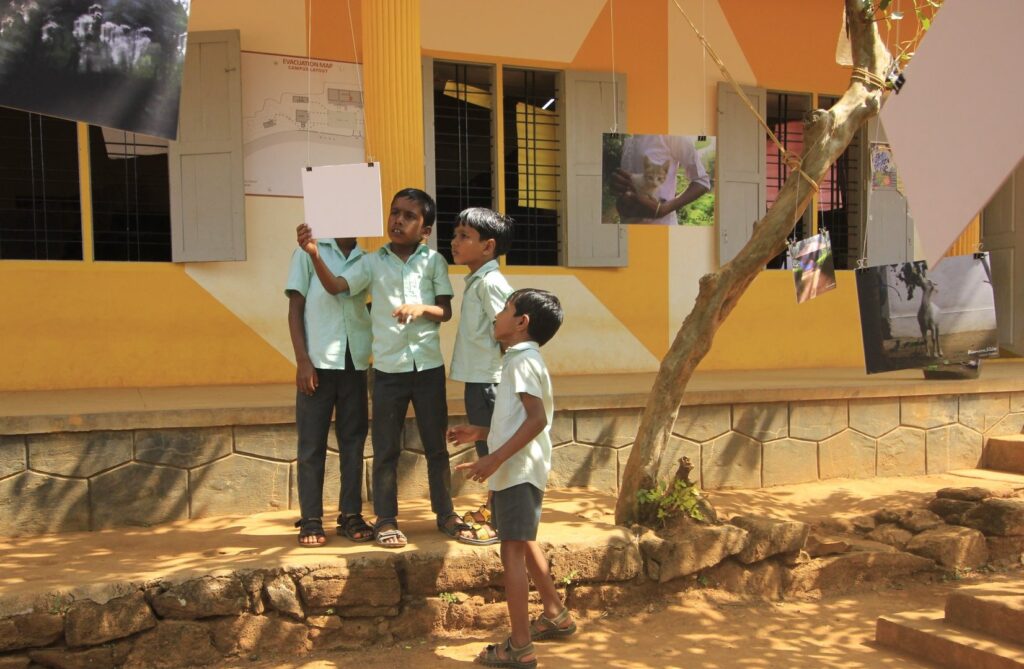
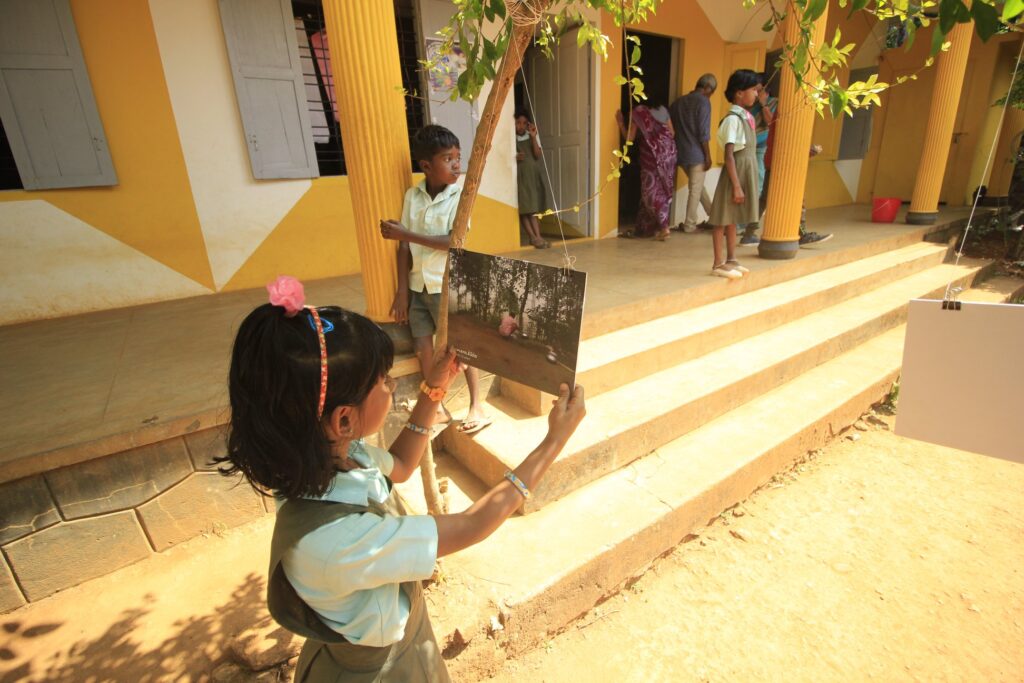
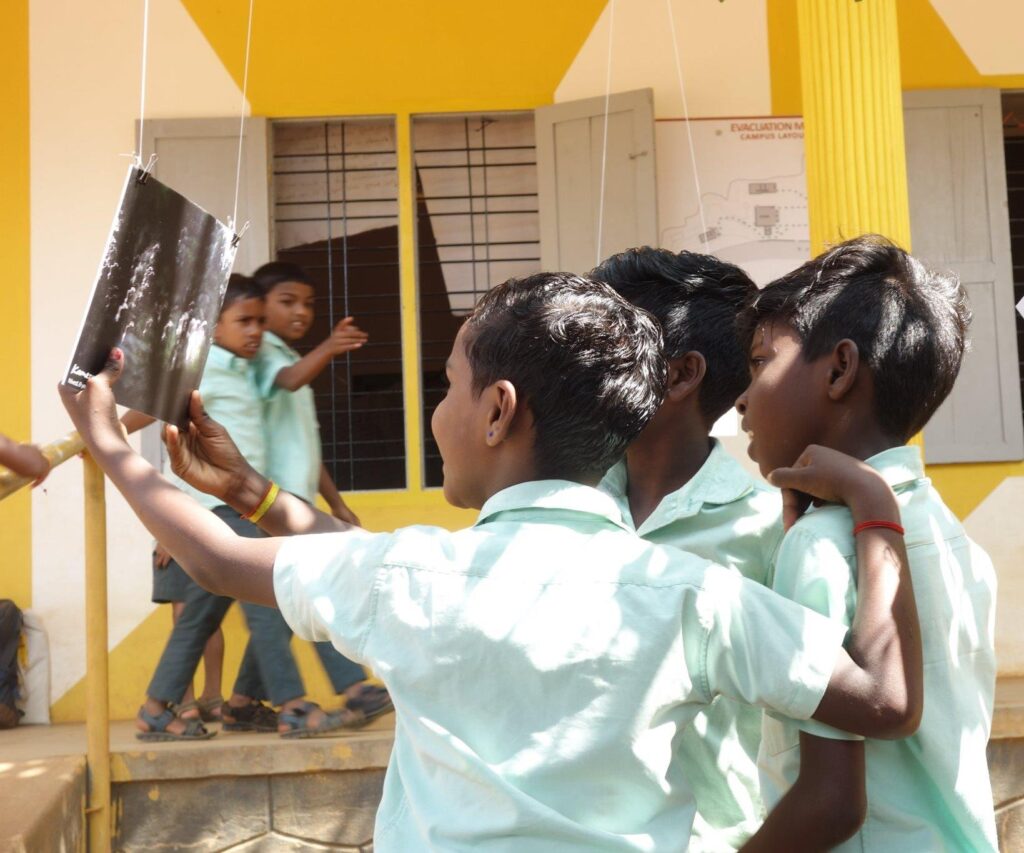
One of the most moving moments came during the photo exhibition we organized at the school. The children beamed with pride as they saw their photographs printed, framed, and celebrated. For many, it was the first time their creative expression was publicly recognised. Their joy and sense of accomplishment were contagious. The photos were no longer just pictures—they were declarations of identity and imagination.
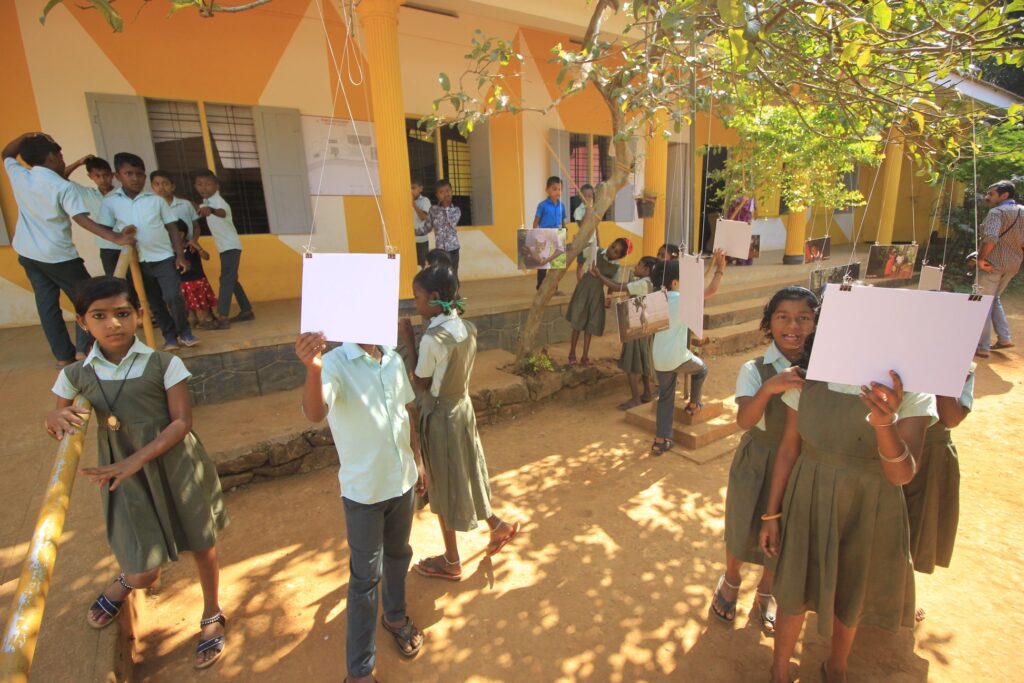
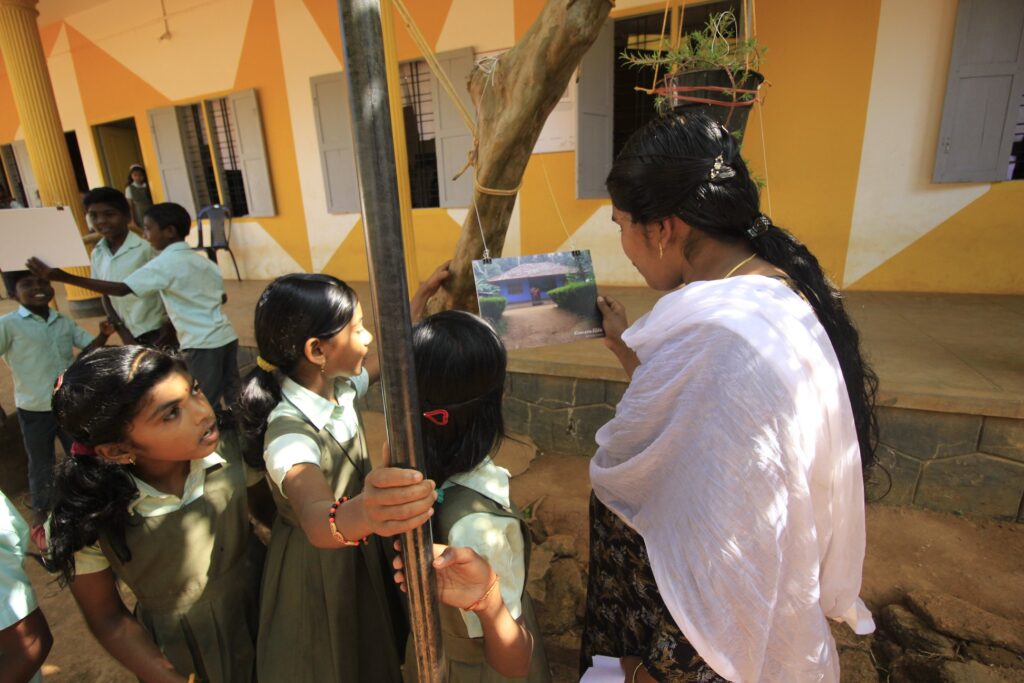
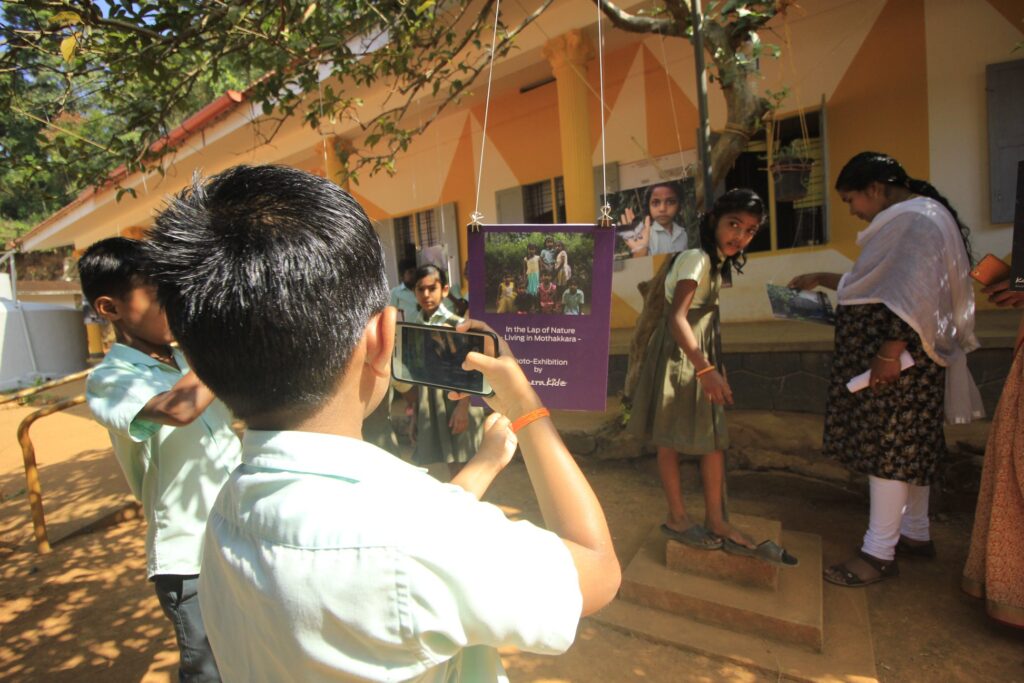
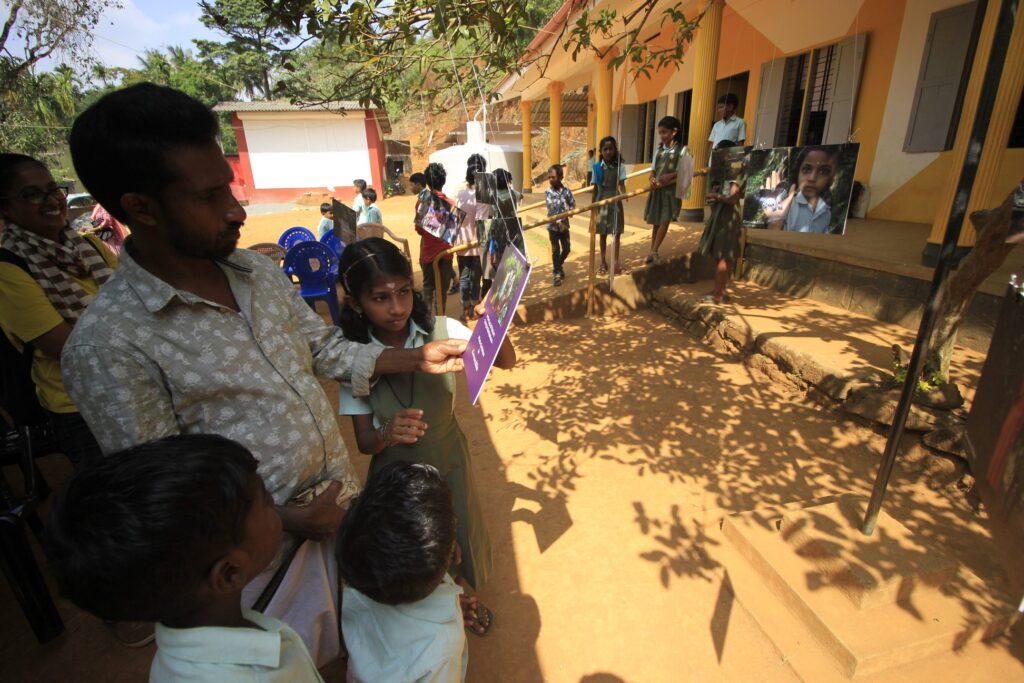
Reflecting on the experience, Nana shared:
“For me this project is not just about the learning and development of the children, it also gives me as an outsider, a foreigner, a wonderfully more intense glimpse into the life of one part of India. I feel what I learned during my trips, most came by doing this project!”
Looking back, Kamerakidz wasn’t just a photography workshop. It was a transformative process—for the children, for Nana, and certainly for me. It reminded all of us that learning doesn’t always happen in classrooms or textbooks. Sometimes, it happens through trust, exploration, and creative freedom. The children learned the basics of photography, yes—but more importantly, they learned to observe, to express, and to take pride in their stories.
As the local facilitator, I felt deeply privileged to witness this unfold. Watching the children explore their surroundings with a fresh perspective, seeing their confidence grow as they held a camera, and watching the community rally in support—it reaffirmed everything I believe about community-based #experientiallearning.
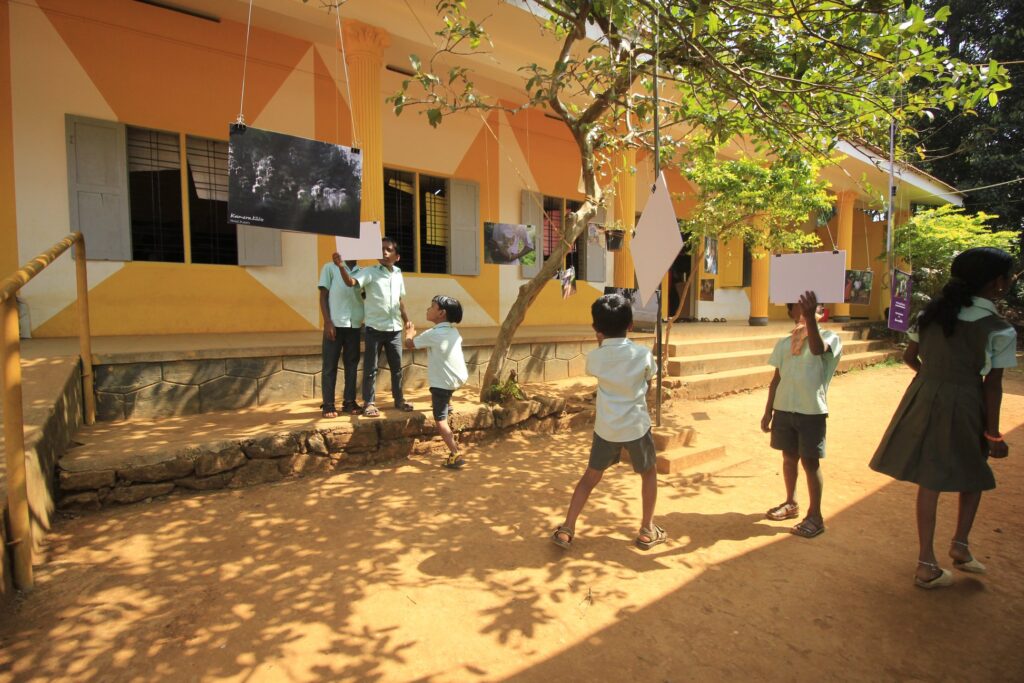
Even now, I often think back to those quiet mornings in Mothakkara: the gentle click of a shutter in a small hand, and the big stories that emerged from those little frames. The experience reminded me that when we simply hand over the camera and step back, children find their voice—and often, they teach us how to see the world anew.